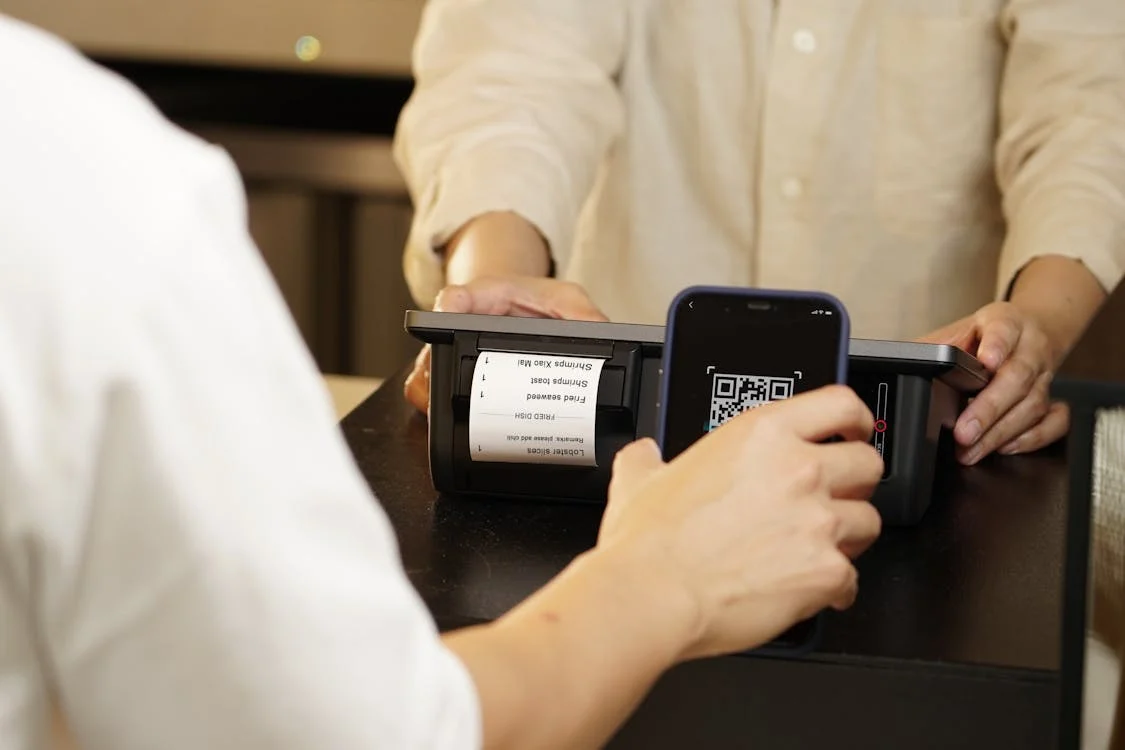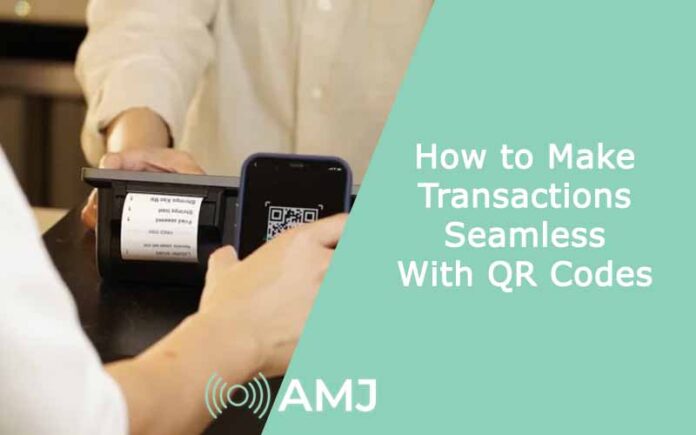
Businesses and consumers alike are looking for ways to make transacting faster, easier, and more secure. The QR code is a technology that has revolutionized the payment landscape.
QR code transactions have become increasingly popular due to their simplicity and efficiency. With a QR code maker, businesses can easily create QR codes to facilitate seamless transactions.
In our article, we explore how QR codes are transforming the way we make payments and how you can leverage this technology to improve your business operations.
Contents
The Boost of QR Code Transactions
QR code transactions offer a convenient alternative to traditional payment methods. They eliminate the need for physical cash or credit cards, reducing the risk of theft and fraud.
Scanning a QR code with their smartphone, customers can quickly and securely complete transactions, making the payment process faster and more efficient.
The adoption of QR code transactions has been driven by several factors:
- the widespread use of smartphones equipped with QR code scanning capabilities has made this technology accessible to a broad audience;
- the COVID-19 pandemic accelerated the shift towards contactless payments, with businesses and consumers seeking safer ways to conduct transactions.
The simplicity and cost-effectiveness of implementing QR code systems have made them an attractive option for businesses of all sizes.
How Do QR Transactions Work
QR transactions are easy to understand. To initiate a QR code transaction, a business first needs to generate a QR code using a QR code maker. This code can represent a specific amount to be paid or link to a payment gateway where the customer can enter the amount. The QR code is then displayed at the point of sale, on a printed invoice, or within a digital platform.
When a customer is ready to make a payment, they simply scan the QR code using their smartphone’s camera or a dedicated QR code scanning app.
The scanning process automatically directs them to a payment interface where they can confirm and complete the transaction. The payment is processed almost instantly, and both the customer and the business receive a confirmation of the transaction.
Benefits of QR Code Transactions
QR code transactions offer numerous benefits for both businesses and consumers. For businesses, implementing QR code payments can streamline the checkout process, reduce wait times, and improve overall customer satisfaction. The technology also reduces the need for physical contact, which is particularly important in maintaining health and safety standards.
For consumers, QR transactions provide a fast, secure, and convenient way to pay. They eliminate the need to carry cash or multiple credit cards and reduce the risk of losing payment methods. Additionally, QR code payments are often integrated with digital wallets, making it easier for consumers to manage their finances and track their spending.
QR Code Payments in Business
To implement QR code payments, businesses should start by selecting a reliable QR code maker. Many platforms offer free and paid options with various customization features to match your brand’s needs. Once you have generated your QR codes, integrate them into your point-of-sale system, invoices, or digital platforms.
Next, educate your customers and staff about how to use QR code transactions. Provide clear instructions and ensure that your team is trained to assist customers with any questions or issues they may encounter. Promoting the use of QR code payments through marketing materials and social media can also help increase adoption among your customers.
Conclusion
Using a QR code maker, businesses can create a seamless and efficient payment experience for their customers. The benefits of QR transactions, including speed, security, and convenience, make them an attractive option for businesses looking to enhance their payment processes.
Providing QR code payments, businesses can stay ahead of the curve and meet the growing demand for contactless, digital transactions.












![Index of Money Heist [Season 1, 2, 3 & 4 – All Episodes, Cast and Plot] Index of Money Heist](https://www.asiamediajournal.com/wp-content/uploads/2021/05/Index-of-Money-Heist-3-100x70.jpg)